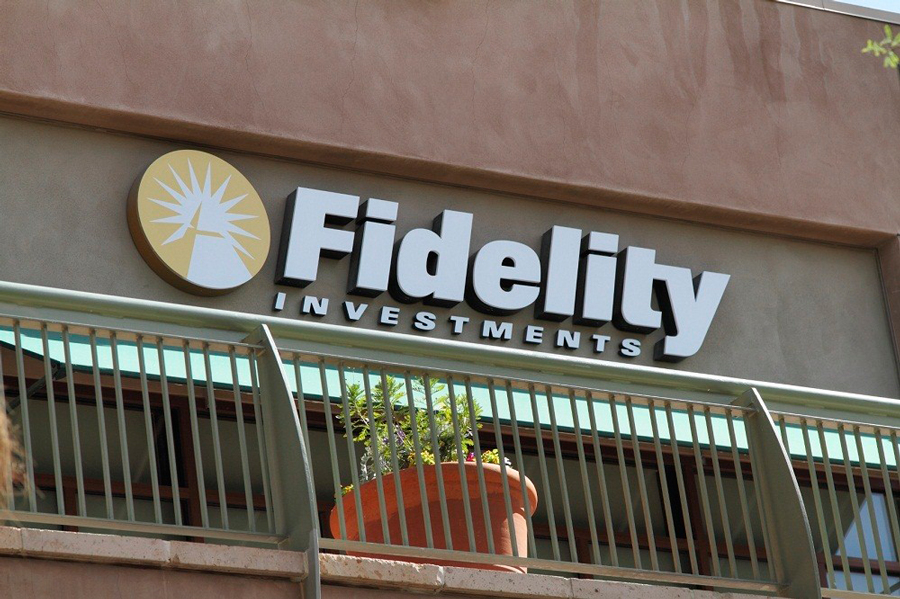

Fidelity Investments is converting six thematic mutual funds into transparent actively managed ETFs, moving the Boston-based asset manager another step into the exchange-traded fund space.
The conversions, which are expected to be completed by June, will add to Fidelity’s current active equity ETF lineup of nine funds that combine for approximately $720 million in assets. Including the announced conversions, Fidelity will have 57 ETFs.
“Fidelity is a large player in the active mutual fund world, and this will be a key milestone and will further push Fidelity into the ETF space,” said Todd Rosenbluth, head of research at VettaFi.
The mutual funds being converted include Fidelity Disruptive Automation (FBOTX), Fidelity Disruptive Communications (FNETX), Fidelity Disruptive Finance (FNTEX), Fidelity Disruptive Technology (FTEKX), and Fidelity Disruptors (FGDFX).
Launched in April 2020, Fidelity’s disruptive mutual funds were designed to invest in innovative business models, emerging industries, and technologies that are changing the status quo.
Rosenbluth said Fidelity’s disruptive series taps into a growing interest among investors to dedicate small slices of their portfolios to targeted growth strategies.
Fidelity said the converted ETFs will maintain the same investment objectives as the mutual funds had. The new ETF vehicles are designed to provide shareholders access to the lowest pricing tier available in the disruptive funds’ time-based pricing program, with a total expense ratio of 0.50%.
In advance of the conversion, the mutual funds’ expense ratio will be reduced to 0.50% for all shareholders, on or about April 1.
“Fidelity has been an innovator in the active ETF space for years and today’s announcement reinforces our commitment to growing our lineup with innovative strategies that help meet the evolving needs of investors,” Greg Friedman, Fidelity’s head of ETF management and strategy, said in a statement.
“A growing number of investors are seeking the tax efficiency, trading flexibility and potential cost efficiency benefits of ETF vehicles,” Friedman added. “These ETF conversions deliver new opportunities and value for our existing shareholders while also expanding our solutions to help meet demand for access to thematic strategies in an ETF wrapper.”

The leadership changes coming in June, which also include wealth management and digital unit heads, come as the firm pushes to offer more comprehensive services.

Strategist sees relatively little risk of the university losing its tax-exempt status, which could pose opportunity for investors with a "longer time horizon."

As the next generation of investors take their turn, advisors have to strike a fine balance between embracing new technology and building human connections.

IFG works with 550 producing advisors and generates about $325 million in annual revenue, said Dave Fischer, the company's co-founder and chief marketing officer.

Five new RIAs are joining the industry coalition promoting firm-level impact across workforce, client, community and environmental goals.
RIAs face rising regulatory pressure in 2025. Forward-looking firms are responding with embedded technology, not more paperwork.
As inheritances are set to reshape client portfolios and next-gen heirs demand digital-first experiences, firms are retooling their wealth tech stacks and succession models in real time.
